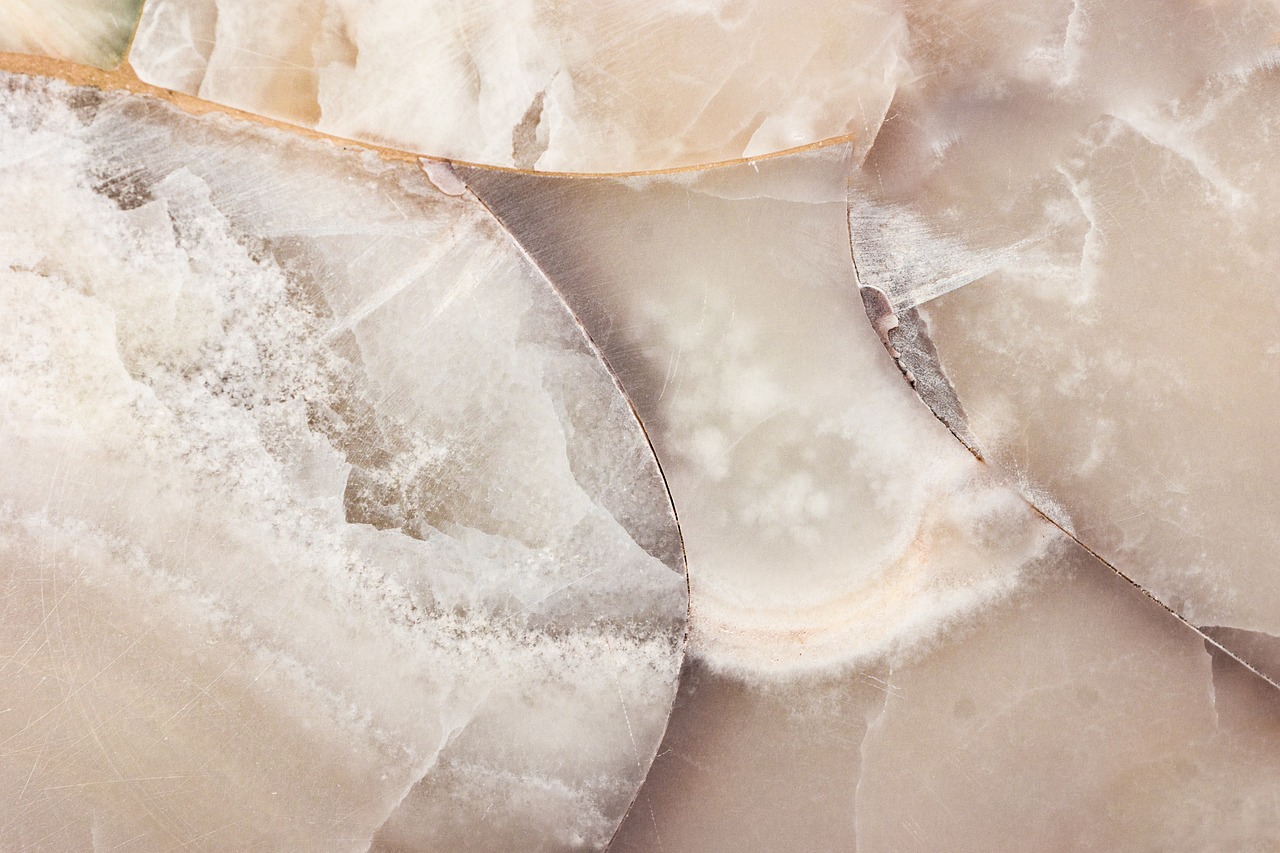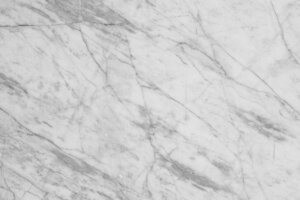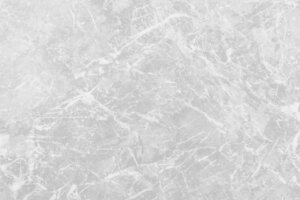Contents
Introduction
Design involves the creative process of combining various elements to create a harmonious and aesthetically pleasing environment. One of the most popular and effective materials in design is stone. This versatile and timeless material adds a unique touch to designs, infusing elegance and sophistication. This article offers useful tips and tricks about the best way to incorporate stone into your designs.
Understanding the Types of Stones
Before delving into the design process, it’s essential to understand the different types of stones available. There’s a myriad of material options, including granite, marble, limestone, slate, and travertine, each offering unique features and benefits. Granite is a durable and dense stone perfect for high traffic areas, while marble provides a high-end, luxurious look but may require a bit more maintenance. Knowledge of these variations allows you to make informed decisions based on the design’s specific needs.
Selecting the Appropriate Stone for Your Design
Selecting the right stone is crucial in achieving an elegant design. Consideration of factors like the location, maintenance, cost, and lifestyle of the end-users should influence your selection. For instance, in kitchens, a surface resistant to heat and scratches such as granite might be preferred. For the bathroom, you might go for marble’s aesthetic appeal, honed for safety to prevent slipping. Budget also matters, so choosing a stone in line with your financial allocation ensures a seamless design process.
Combining Different Stone Types
Another beneficial trick in stone design is the combination of different stone types. This strategy not only increases visual interest but also solves functionality issues. For instance, you can use a cost-effective and durable stone for your kitchen counters like quartz and incorporate some marble accents for aesthetics. This way, you get the best of both worlds while creating a stunning contrast in your design.
Embracing the Natural beauty of Stones
One of the main attractions of using stone in design is its natural beauty, which brings a sense of outdoors inside. Let the stone shine by keeping your design simple and allowing the stone’s natural aesthetics to take center stage. You can achieve this by selecting a stone with bold veining or unique colorations as your focal point in the room.
Incorporating Stone in Unconventional Ways
Stone doesn’t only belong on countertops or floors. Consider using stone in unconventional ways, such as stone wall art, stonework on fireplaces, or even a stone bathtub. These unique applications of stone can become conversation pieces and dramatically enhance the space’s overall design.
Sealing and Maintenance
The durability of stone is determined by proper sealing and maintenance. Many natural stones are porous and stain easily, making regular sealing crucial. However, advancements in sealant technology have enabled protection for more extended periods. Acidic substances can etch some stones, so using coasters or protective pads helps prevent damage. Regular cleaning with a neutral PH stone cleaner also helps maintain a stone’s natural beauty and longevity.
Working with a Professional
Incorporating stone in a design may seem like a daunting task. However, working with a professional can help alleviate stress. A stone procurement specialist or an interior designer can guide you through the selection process, making the experience a more enjoyable one. They also know how to get the best materials at the best prices.
Conclusion
In conclusion, using stone in design can significantly enhance the aesthetics and value of your space. Remember to understand the different types of stones, select the appropriate stone, combine different stone types, embrace the natural look of stone, maintain them properly, and don’t hesitate to seek professional help for best results. By employing these tips and tricks, you can create a stunning space that is both stylish and functional.




